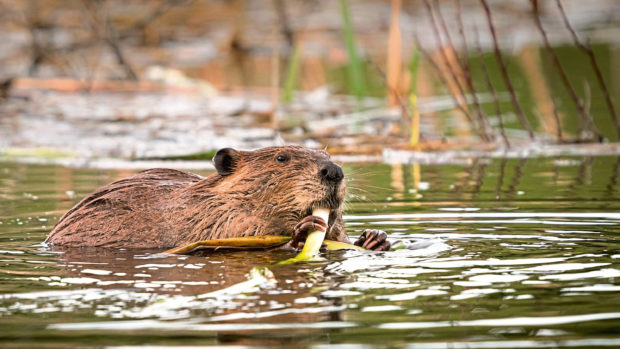Between you and me, it is no secret hereabouts that I am a long-standing supporter of Scottish independence. Socially, psychologically, historically, culturally, geographically and even geologically, it makes sense. Not to mention Brexit (we are European – Europe is where we live).
I was around 16 or 17, definitely not old enough to vote, when I answered a small ad in the Scots Magazine concerning an organisation called the Scottish Patriots. I knew nothing about them, but I liked the sound of them from the ad. The reply I received, handwritten, kind, thoughtful, and expressing delight that a teenager had written to them, was from one of the seminal figures of the independence movement – Wendy Wood. I wish I still had it. It cleared my vision and helped to nail my political colours to the mast where they have flown ever since.
I mention it because I have been hugely encouraged by the very existence of a Scottish parliament, impressed by the leadership of both Alex Salmond and Nicola Sturgeon (and find it regrettable that their falling-out risks damaging the cause to which they have both devoted their lives), therefore the very idea of sympathising with a court action against the Scottish Government is not an easy path to follow.
Make killing beavers a last resort
The court action doesn’t yet exist, but I have just contributed to a crowdfunding campaign to raise £40,000 to bring it about. It follows that the purpose of the action is a cause close to my heart. It is being pursued by the charity Trees For Life and its purpose is to stop the Scottish Government’s policy of licensing the killing of an unlimited number of beavers. Trees For Life wants to make killing beavers a last resort, and argues that the existing policy is in breach of Scottish wildlife laws.
I am not a member of Trees For Life or the Scottish National Party although I admire both organisations and mostly I like what they do. But the cause to which I have devoted my life is nature in its widest and wildest sense. And nature is appallingly badly served by a policy, enforced by the government agency NatureScot, and which has responded to complaints about beaver activity often from gun-happy farmers and other land managers, by permitting the killing of unlimited numbers of beavers.
I admit to being something of a lone wolf in my ideas about nature conservation. For example, right now I know of no one else who is advancing the case for wolf reintroduction, and it is certainly not the policy of any of the established conservation charities. This despite the fact that the benevolent nature of their impact on all nature is indisputable, their capacity to create opportunities for countless species is well proven, they are present in every other European country and no one has anything to fear from them.
Also, I am unconvinced by Trees For Life’s position which states that killing even a single beaver – as a last resort – is allowable, but the position they are advocating is infinitely preferable to the status quo.
The fate of reintroduced species
The reality is this. Of all the species in nature, the ones which should have the most uncompromising level of protection are the ones we have reintroduced, the ones on which we have spent a lot of time and money and resources, the ones whose reintroductions have been helped by research from the most enlightened scientists and concerned conservationists, and almost always in the face of unthinking opposition from landowners and land managers. How can it ever be right to kill an animal we have reintroduced?
Beavers fall squarely into this category. Yes the reintroduction was controversial, but the unauthorised Tayside population has fared infinitely better than the painfully cautious official trial in Argyll. Besides, there was a commitment by the Scottish Government when the Tayside beavers were given legal status that they would be restored throughout their historical range across much of mainland Scotland. Beavers enhance wetland, mitigate flooding, and manipulate landscape in ways that permit hundreds of other species to flourish. That’s why they were given legal protection.
‘Sought out and shot’
Despite this, they have been sought out and shot. Firstly by farmers in Angus and east Perthshire, and often none too skilfully, and then under licence from Scottish Natural Heritage which thinks that rebranding itself as NatureScot (a change from a name which was readily understood to a name which means nothing at all and is grammatically wrong) is a better use of your money and mine than spending it on nature, like helping beavers, say.
The Scottish Government should rethink its natural environment strategy, revisit its priorities, and give reintroduced species the resources – and especially the time – they need to integrate successfully into the landscape, to permit them to get used to us as we must get used to them.
The raw selfishness of people with axes to grind and noses out of joint in our lop-sided countryside should play no part in the equation when it comes to making sound judgments about repaying the huge debt our species owes to nature; no part in the modern, independent, European nation to which Scotland aspires.










